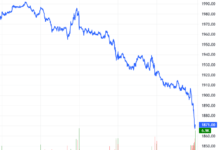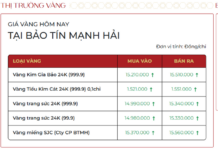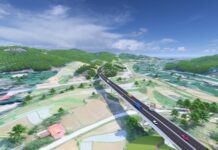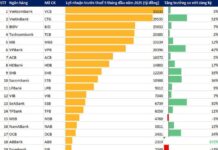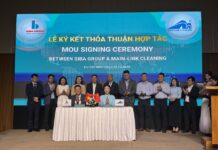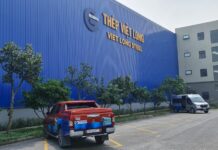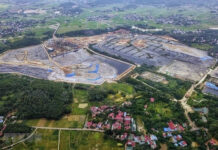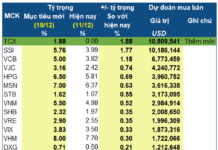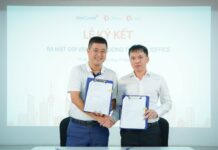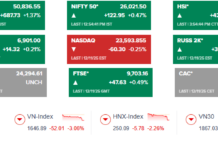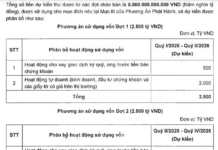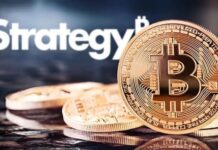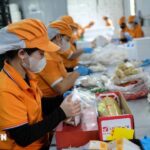Embracing the Self-Reliance Journey Towards Green Competence
The Vietnamese economy has been growing rapidly since the Renovation period in 1986, boosting the income of both businesses and individuals. In the early stages, the growth narrative focused on scale in terms of numbers, from output and investment to industrialization. However, in the past decade, the topic of green transition has been mentioned more often as an important factor contributing to a long-term growth model change.
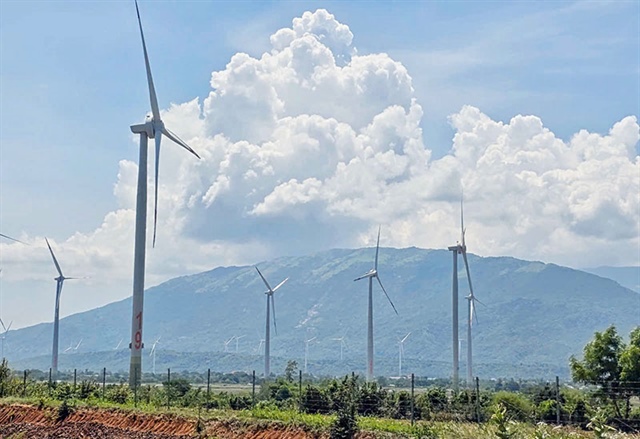 Last April, Navico received a green trade credit to support sustainable aquaculture practices, following the installation of rooftop solar power systems at its aquaculture facilities. Photo: DNCC |
In the growth journey, the milestone of the green transition and a shift in sustainable growth thinking occurred in 1993 with the first Law on Environmental Protection, and in 2003, Vietnam had its first National Environmental Protection Strategy.
In 2012, the government issued the National Green Growth Strategy, which first set comprehensive greening targets, such as reducing greenhouse gas emissions, greening production, and investing in green infrastructure. However, a significant milestone was reached in 2021 when Vietnam committed to achieving net-zero emissions by 2050 at COP26. Soon after, the government also issued the Green Growth Strategy for the period 2021–2030, with a vision towards 2050.
Early last July, the government issued Decision 21, stipulating a classification of green projects, including 45 fields and types of projects belonging to 7 industry groups. This framework establishes unified environmental criteria to identify projects eligible for green finance, including both credit and bonds. Previously, the State Bank also published a Handbook on the Environmental and Social Risk Management System (ESMS) in collaboration with IFC, serving as a “practical guide” for credit institutions.
In recent times, Vietnam has been very proactive in the green transition. Not only has it been preparing for a high-growth cycle associated with “green” in terms of strategy, but recent steps also show that Vietnam is expediting the development of legal corridors, such as operating a domestic carbon market by 2028.
Self-reliance in green growth is also associated with the Master Plan for National Power Development for the period of 2021-2030, with a vision towards 2050, also known as Power Plan VIII. Accordingly, Vietnam is oriented towards a strong transition to renewable energy sources beyond hydropower and a gradual phase-out of coal-fired power.
The green transition is also awakening Vietnam’s creative strengths in many fields. At the same time, deeper economic integration demands a sustainable mindset aligned with global trends and internationally certified products for export. In fact, in recent times, many industries have implemented a green transition with the goal of sustainable growth.
For example, the export-oriented textile and seafood industries must obtain various environmental certifications, and renewable energy sectors such as wind and solar power. Dairy farms and rice fields in the Mekong Delta region are also incorporating low-emission targets into their action programs. In large cities like Ho Chi Minh City and Hanoi, the electrification of public transport is being promoted, and private vehicles may soon follow suit.
Vietnam’s journey towards self-reliance in green capabilities has begun. Currently, major markets such as the EU, the US, and Japan are tightening environmental and emission standards. For instance, the EU’s Carbon Border Adjustment Mechanism (CBAM) will levy carbon taxes on imported goods such as iron, steel, cement, and fertilizers. Higher-taxed goods necessitate a shift in business practices.
Proactive Green Transition
“Greening” is no longer considered a cost but a significant investment for Vietnamese businesses to grow in the coming years, closely associated with sustainability. One of the critical factors driving the green transition is capital. The World Bank estimates that Vietnam will require an investment of up to $368 billion by 2040 to build a development pathway that is both resilient to climate change and achieves the Net Zero goal. In the next ten years, according to IFC experts – a member of the World Bank Group, Vietnam needs to mobilize hundreds of billions of dollars, with the private sector taking the lead.
According to statistics from the State Bank of Vietnam (SBV), as of March 31, 2025, 58 credit institutions had green credit outstanding balances. The outstanding balance reached VND 704,244 billion, up 3.57% from the end of 2024, accounting for 4.3% of the total outstanding balance of the economy. The lending portfolio mainly belonged to the renewable energy and clean energy sectors (accounting for more than 37%) and green agriculture (over 29%). In the capital market, 2024 witnessed a revival with a total value of newly issued green, social, and sustainable bonds reaching nearly VND 6,900 billion, accounting for about 2% of new issuances since the beginning of the year. In the period of 2016-2023, Vietnam issued about $1.1 billion. This is a large number but still modest, not to mention that the proportion of green outstanding loans has not improved much.
Another noteworthy point is that the average growth rate of green credit outstanding balance in the period of 2017-2024 was much higher than that of the economy’s total outstanding credit (21.2%/year). It can be said that the demand for “green loans” is increasing in the context of the market considering environmental – social – governance (ESG) factors more rigorously.
However, there are still many obstacles ahead on the road to a green transition. Many experts believe that the difficulties in the green transition lie not only in the long-term capital funding needs but also in the lack of policy synchronization, legal framework, high-quality human resources, and awareness of leaders about sustainable growth.
Ms. Dinh Thi Quynh Van, Chairman of PwC Vietnam, said that many projects, especially infrastructure projects, would face difficulties in borrowing capital if they lacked compliance reports clearly presenting waste treatment and energy use. Therefore, financing coal-fired power will be extremely challenging, but the positive point is that financial institutions are ready to strongly support clean energy and projects applying sustainable technologies.
To promote the trend of sustainable investment and attract more capital inflows, this problem needs to be addressed. In fact, businesses implementing it will achieve better commercial results, growth rates, profits, and stock values. These values can be seen in the short term.
“This trend has started, and investors are looking at profits rather than costs. For long-term loans, sustainable development is a necessary commitment,” Ms. Van shared at a recent seminar.
Another positive point is that the government will have a mechanism to support interest rates and encourage credit institutions to reduce interest rates for private enterprises borrowing to implement green, circular, and ESG framework-applying projects, according to Resolution 68 of the Politburo on developing the private economic sector. The new support policies are expected to be implemented soon.
According to the results of the “UOB (Singapore) Business Outlook 2025” study, businesses are focusing their investments on two main strategic pillars: digitalization and sustainability, with 61% and 56% of Vietnamese businesses, respectively, stating that they will promote efforts in these two areas. “While digitalization is expected to enhance operational efficiency and improve customer experience, sustainable development practices will help businesses attract investors and strengthen brand reputation,” the report said.
In the context of global trade still facing many uncertainties due to tariffs, Vietnam is on the threshold of new growth with many regulations and policies related to “green” in the domestic and world markets about to take effect. It can be said that the journey from Renovation in 1986 to the Net Zero commitment in 2050 is an inevitable continuation, an opportunity for Vietnam to carry out a profound restructuring and growth model transformation, albeit complex and costly.
Dung Nguyen
– 07:00 01/09/2025
Don’t Be Mechanical: Applying International Standards to Vietnam’s Green Finance
“Over the years, Nam A Bank has been a strong advocate for green finance, and Mr. Vo Hoang Hai, the bank’s Deputy General Director, shared three key lessons learned during this journey at the International Conference on September 5th, with the theme ‘Unlocking the International Green Capital Market’.”
The Politburo: Steering Ninh Thuan’s Dual Nuclear Power Projects for 2030-2035
With an emphasis on expedience, the political resolution underscores the imperative to fast-track the Ninh Thuan 1 and Ninh Thuan 2 nuclear power projects. The resolution envisions these projects coming online during the 2030-2035 period, marking a pivotal step in Vietnam’s energy landscape.

